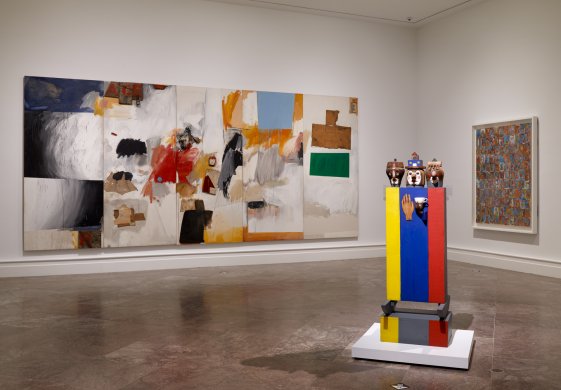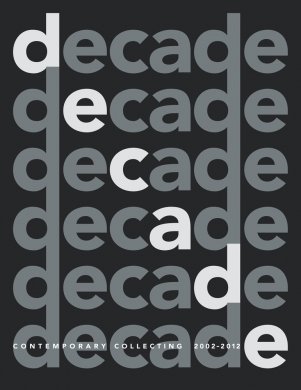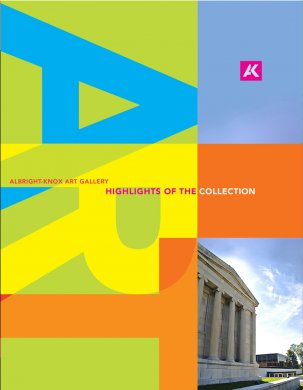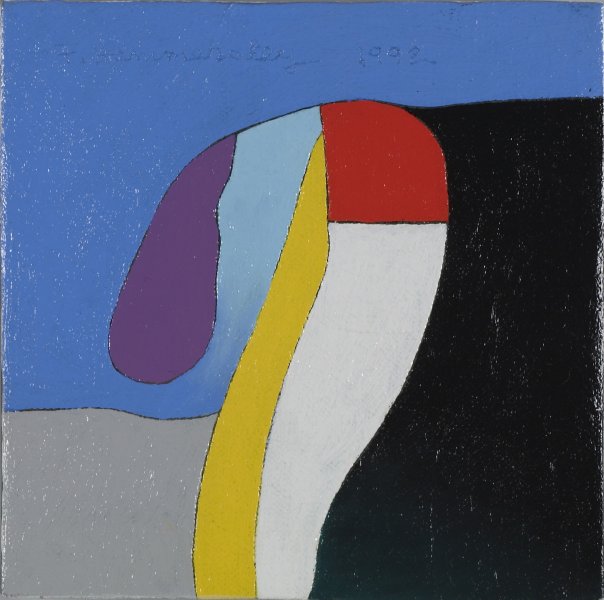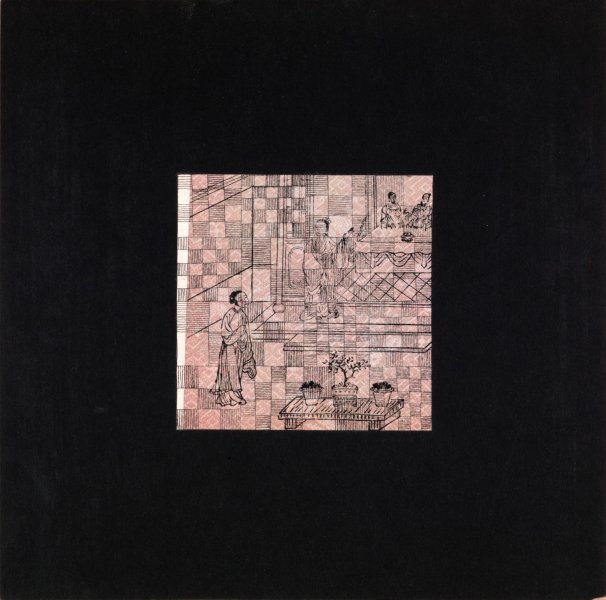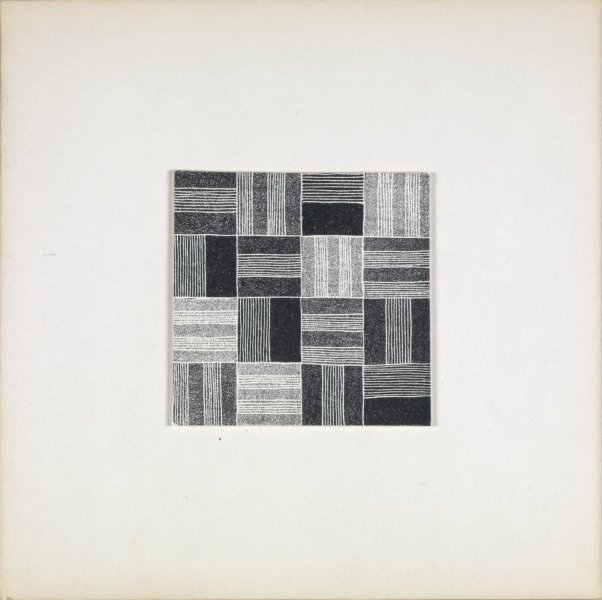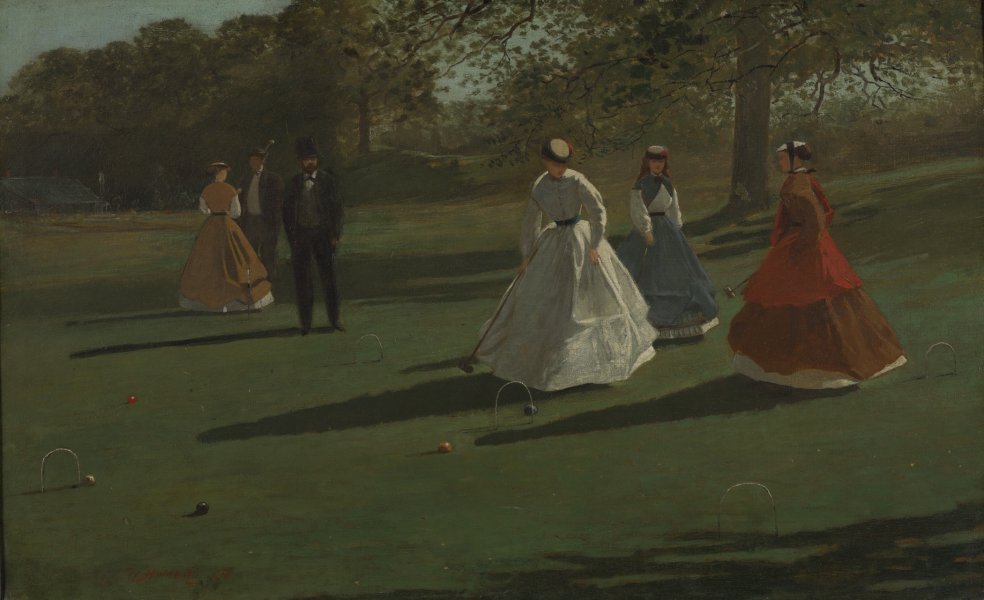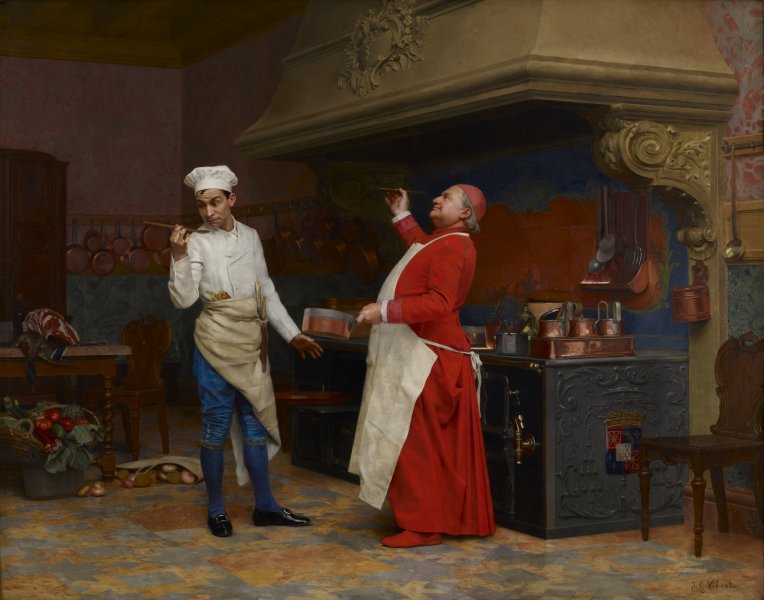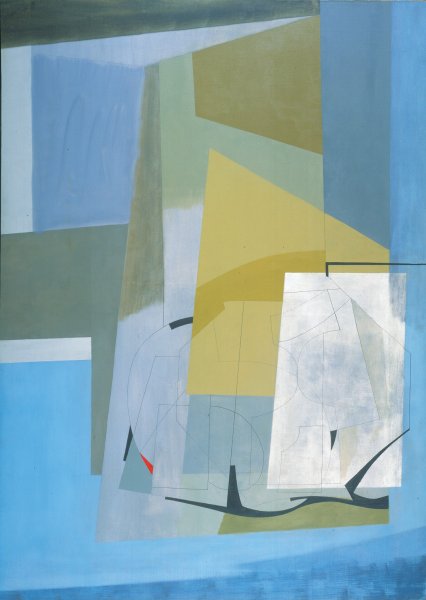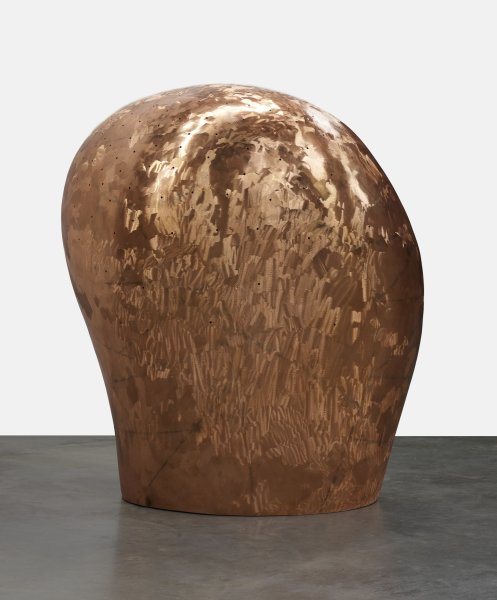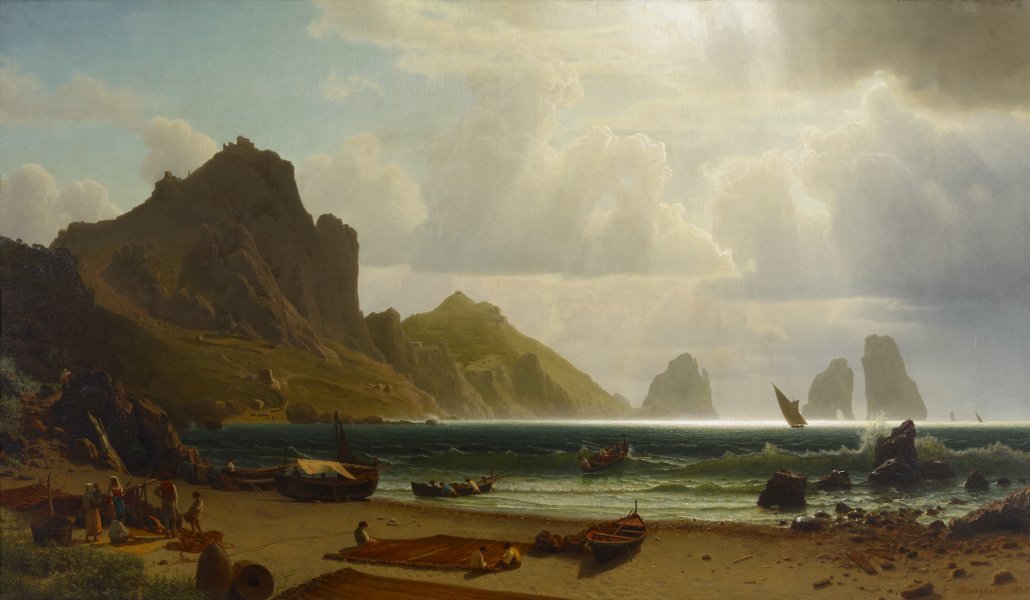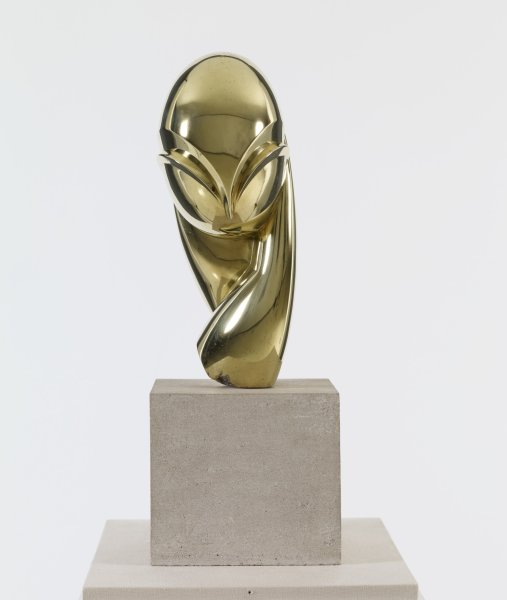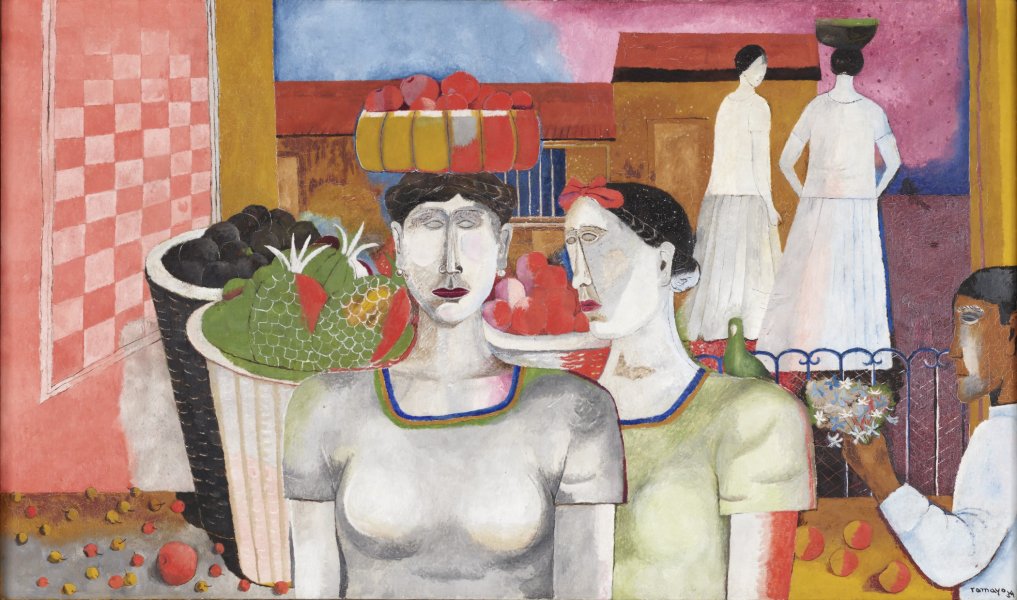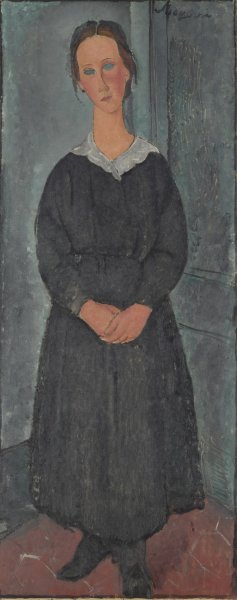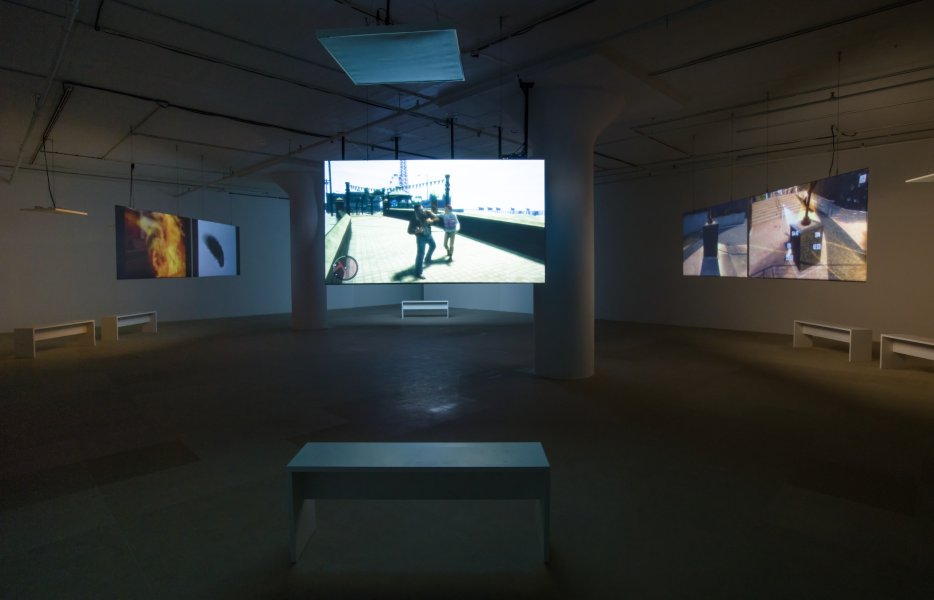Frederick Hammersley
American, 1919-2009
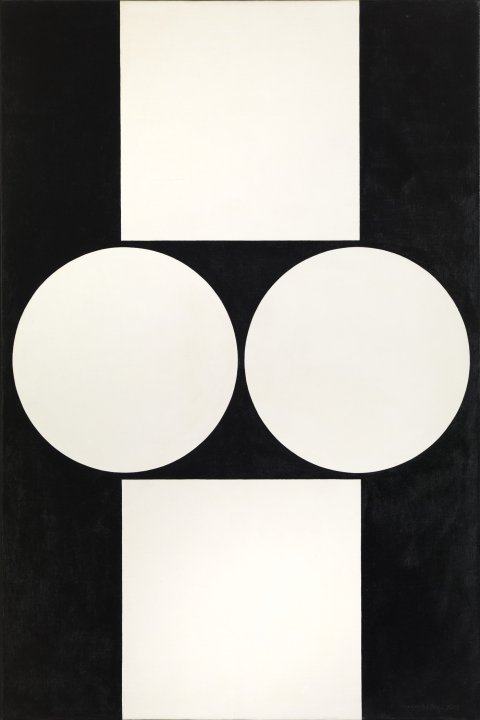
Bilingual, 1965
Artwork Details
Materials
oil on linen
Measurements
support: 51 x 34 inches (129.54 x 86.36 cm); framed: 51 7/8 x 35 x 1 5/8 inches (131.76 x 88.9 x 4.13 cm)
Collection Buffalo AKG Art Museum
Credit
Albert H. Tracy Fund, by exchange, 2009
Accession ID
2009:2.1
While serving overseas in the U.S. Army during World War II (1939–45), Frederick Hammersley visited the studio of Pablo Picasso, an experience that inspired him to pursue a career as an artist. Unlike the Abstract Expressionists who dominated the East Coast art scene, Hammersley and many of his California contemporaries preferred a more contemplative aesthetic. Their methodology—based in cleanly delineated, flat shapes—came to be known as Hard-edge painting. The artist knew that many people have a difficult time understanding this visual language, which he once called “the worst kind of paintings to show the American layperson.” To this end, Hammersley provided accessible titles for his works, stating “It’s like I’m giving them an opening wedge to get into the painting.” The title of this work, Bilingual, suggests the ways in which the duo of black and white can represent communication and balance. Hammersley’s take on this color combination differs from its traditional association as a potent symbol of opposing forces, such as life and death, or good and evil.
Label from Giant Steps: Artists and the 1960s, June 30–December 30, 2018
